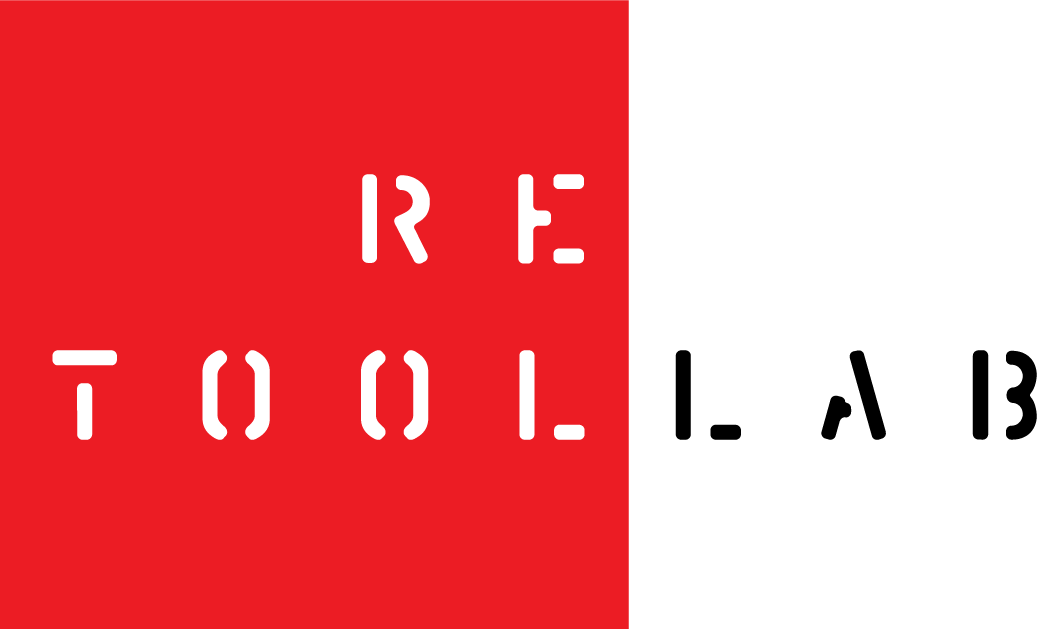In the cultural sector, museums stand alone. That’s not a good thing.
This article is a response to Why the Cultural Sector Needs a Digital Remake, an article by Ricard Gil, associate professor and Distinguished Faculty Fellow of Business Economics at Smith School of Business at Queen’s University.
https://smith.queensu.ca/insight/content/Why-the-Cultural-Sector-Needs-a-Digital-Remake.php
There’s no question COVID laid bare the fragility of creative industries, but did it show the way forward? Richard Gil wants the cultural sector to consider a digital remake. Each of the “creative industries” – museums, TV and film, book and magazine publishing, performing arts – crossed the digital Rubicon long before Covid – maybe not all of them in fancy boats, but those boats were launched.
So the question is “how” to move the needle. What about lumping them into a single ecosystem? Despite the numerous differences between them, a unholy alliance might work: there is strength in numbers; scalability.
But to do this successfully, each element has to be aware of their strengths – there needs to be an awareness of what each partner brings to the dance. And this is where the problems lie.
Take museums, for example. How do they see themselves and their business mode? Do they understand the value they create – or could potentially create? Gil applaudes their efforts to stay “open” during the pandemic by offering virtual tours. But this limited outlook only reinforces the view of museums as places to “visit” and see things. The broader question is how else can we interact with museums?
For a “digital remake” to happen, museums need a brand makeover.
The reality is that the museum sector has not evolved. It is, for the most part, operating as it would have in the 19th century: glittering palaces of knowledge occupying a privilege place in society that people need to visit to receive enlightenment.
This view is out of step and, actually, it is museums that need to be enlightened.
Throwing resources at the digital divide helps them look progressive, but this only goes so far. Gil says they are “developing a taste for new ways to ‘tour’ museums,” but this still demands that people connect with them. Providing online tours only replicates the tired and broken museum formula Their focus skews toward static programming in a world that is anything but. Transitioning the delivery of cultural content from in-person to digital doesn’t solve their problem and while it marginally improves access, it does little to improve their cultural relevance. The problem is the limited mindset of museums which stipulates that artifacts are their content. Only a limited number of people ever get to see them; thousands of artifacts reside in storage and cannot be displayed. They remain hidden. But what if the story was the artifact?
Museums must stop behaving like retail stores displaying a limited collection for people to browse through. They must think more like media companies, with evergreen content and programming that people seek and that engages, educates and enriches audiences on a continuous basis.
Reconsider the museum’s role as storyteller
A museum is not the walls and roof housing it. That’s just the physical venue. A museum, at its core, is the sum of the knowledge and of the stories that its content holds. So to become socially relevant, museums must rethink their mission first.
Why do museums exist? Consider the late Stephen Weil’s comment: “Unless museums can and do play a role relative to the real problems of real people’s lives – then, what is their point?”
Collectively, they are the repository of human knowledge and history, of human accomplishments and stories, of evolution and progress, of science and the study of the natural world, of our origins as a species and of our potential future. So much so that they are drowning in it. That content holds lessons for all mankind, but those are locked into the vaults, and only a fraction of those are told through static exhibits with barely legible pithy descriptions of the artifact put on display, in sometimes poorly lit rooms.
Museums need to reinvent themselves as ground-zero for research and idea development. They are the most potent content providers society has. But their content is woefully underutilized, and therefore unknown to most people. Together, museums are the one institutional sector that can generate the stories we are all hungry for, and in the process, maybe even expand its audience globally. But with their content, dormant, gathering dust in archives, these stories may never be told, unless they rethink their mission.
Think of the potential for the museum sector to become the vibrant epicenter of a cultural ecosystem. By freeing their content and working collaboratively with media-oriented technology partners and content developers, regardless of the medium, be it films, podcast, books, etc., they can become the powerhouse of ideas and the center of public discourse on issue of vital importance. That’s more than just recreating the museum tour on line. That’s disrupting the sector. And the “sector” screams its need for disruption. It’s a wonder so few of the institutional leaders are able to hear it.
From place to purpose
Empowering the transformation of museums from purely physical venues to places that also live in people’s minds; places that help shape the conversation on societal topics that are of interest and vital importance, is what Retool has been advocating for over 20 years. These recent articles lay out our case for change in the sector:
Digital Transformation And The Cultural Sector
https://www.retoollab.ca/2021-blogs-and-articles/digital-transformation-and-the-cultural-sector
Canadian National Museums Need To Stop Behaving Like Museums https://www.retoollab.ca/2021-blogs-and-articles/museums-need-to-stop-acting-like-museums
A Cultural Ecosystem
https://www.retoollab.ca/2022-blogs-and-articles-1/a-cultural-ecosystem
Photograph composition based on images from George Pimentel/Getty Images and Shutterstock.
